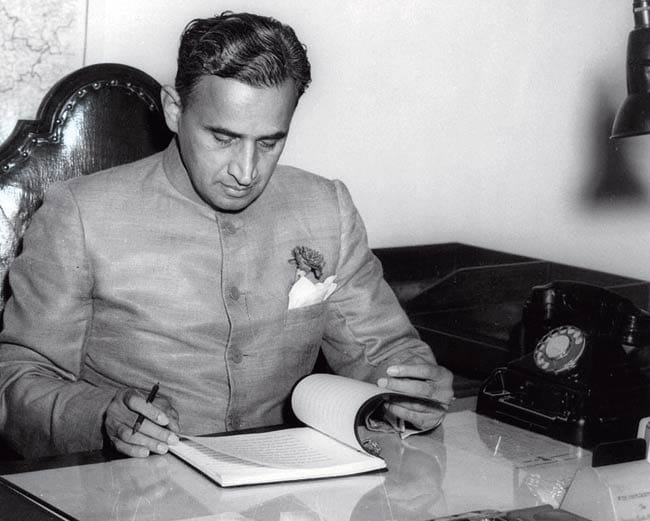Vivekananda is a universally respected figure, a Hindu monk who transcended boundaries between the West and the East, between Hinduism and other religions. His spirituality, bounded by rationality and yet deeply religious, resonates even today.
Ruth Harris, a Professor of Modern History at Oxford, authored a book ' Guru to the World: The Life and Legacy of Vivekananda last year. I was in a session with her at a literary festival in Jan this year. The hall was packed and every story about Vivekananda was received with a hushed awe by a well-read and cultured audience.
Vivekananda believed in gender equality and the audience was elated to know that he had an openness of a different kind when he said then if there is rebirth, he would like to be reborn as an American woman. He was so impressed by the dignity and hard work of women in the USA. He influenced Freud and Gandhi and his broad thinking married seeming conflicts. He railed against colonialism but did accept the elements of Western civilisation that were inspiring. He was a proud Hindu monk but loved meat. He was aware of the communal tensions but talked of an Indian civilisation based on Hinduism and Islam. He preached the greatness of Hinduism, especially its philosophical underpinnings, to the public everywhere but considered all religions noble in their own ways. His speech in the Parliament of Religions in Chicago in 1893 continues to stir hearts even now.
On Jesus Christ, he said in Los Angeles in 1990: "And three years of his ministry were like one compressed, concentrated age, which it has taken nineteen hundred years to unfold, and who knows how much longer will it take."
And on Hinduism, in Chicago in 1893: "I am proud to belong to a religion which has taught the world both tolerance and universal acceptance. We not only believe in universal toleration but we accept all religions as true."
And on the scriptures in Almora in 1898:"We want to lead mankind to the place where there is neither the Vedas nor the Bible nor the Koran; yet this has to be done by harmonising the Vedas, the Bible and the Koran."








